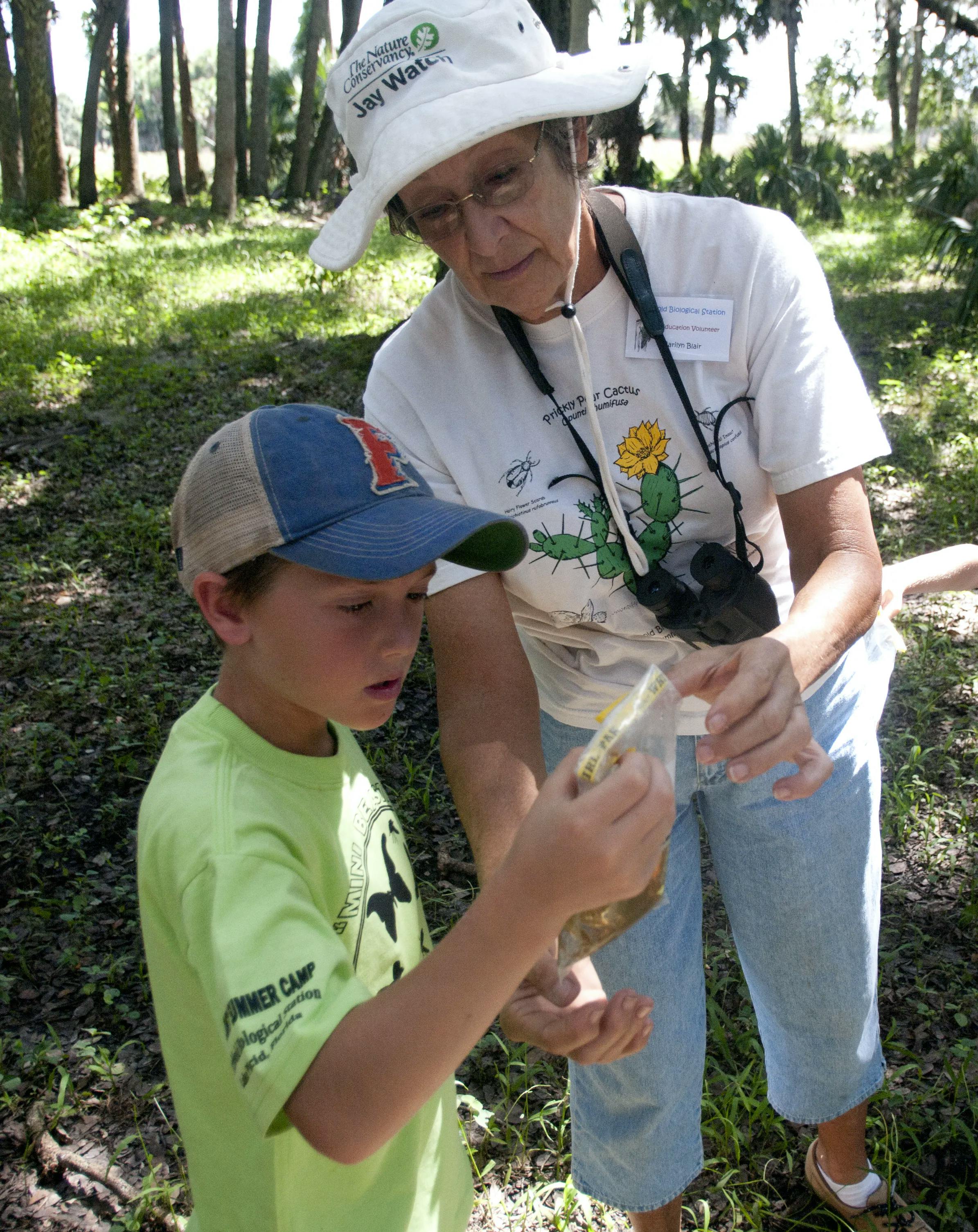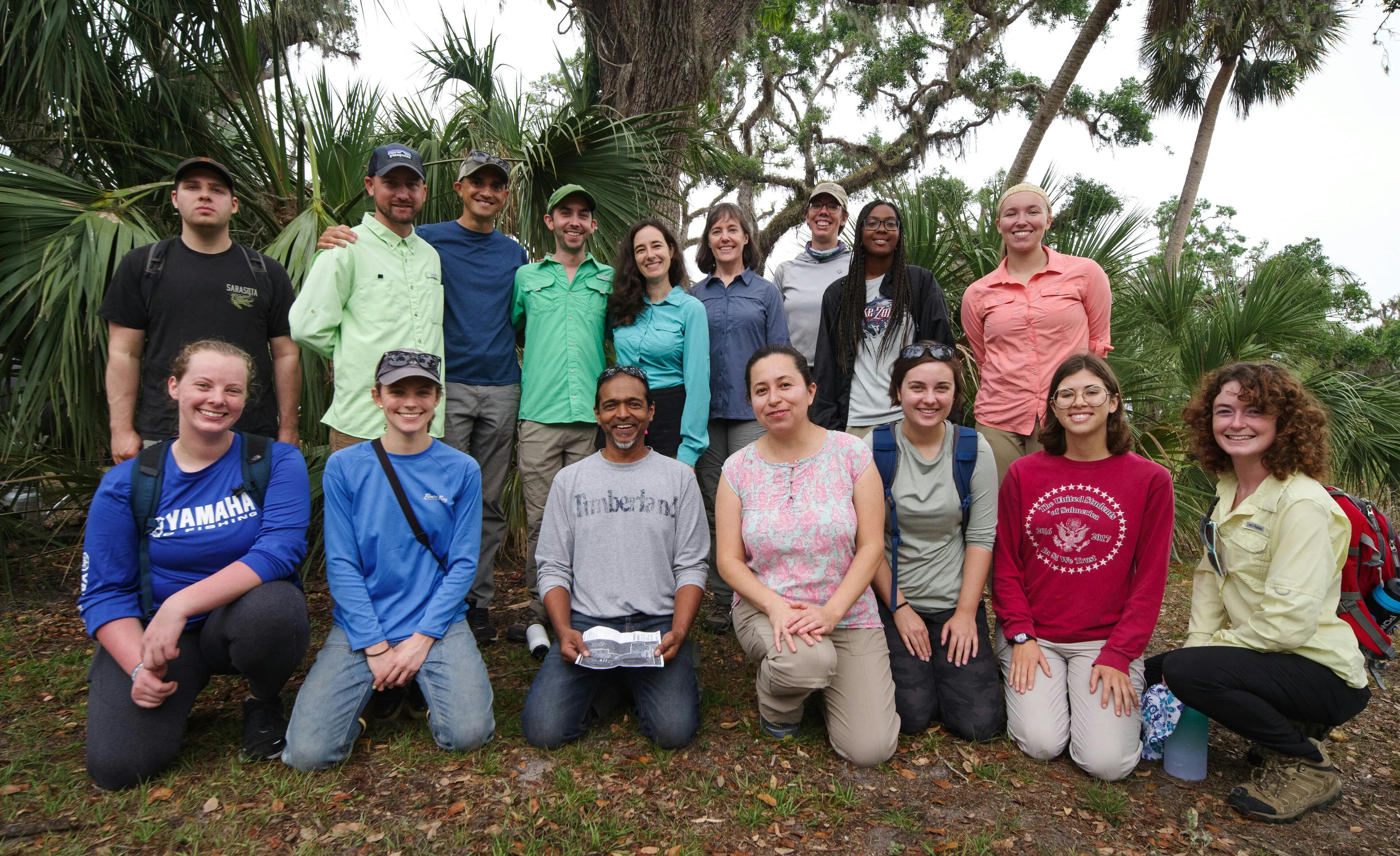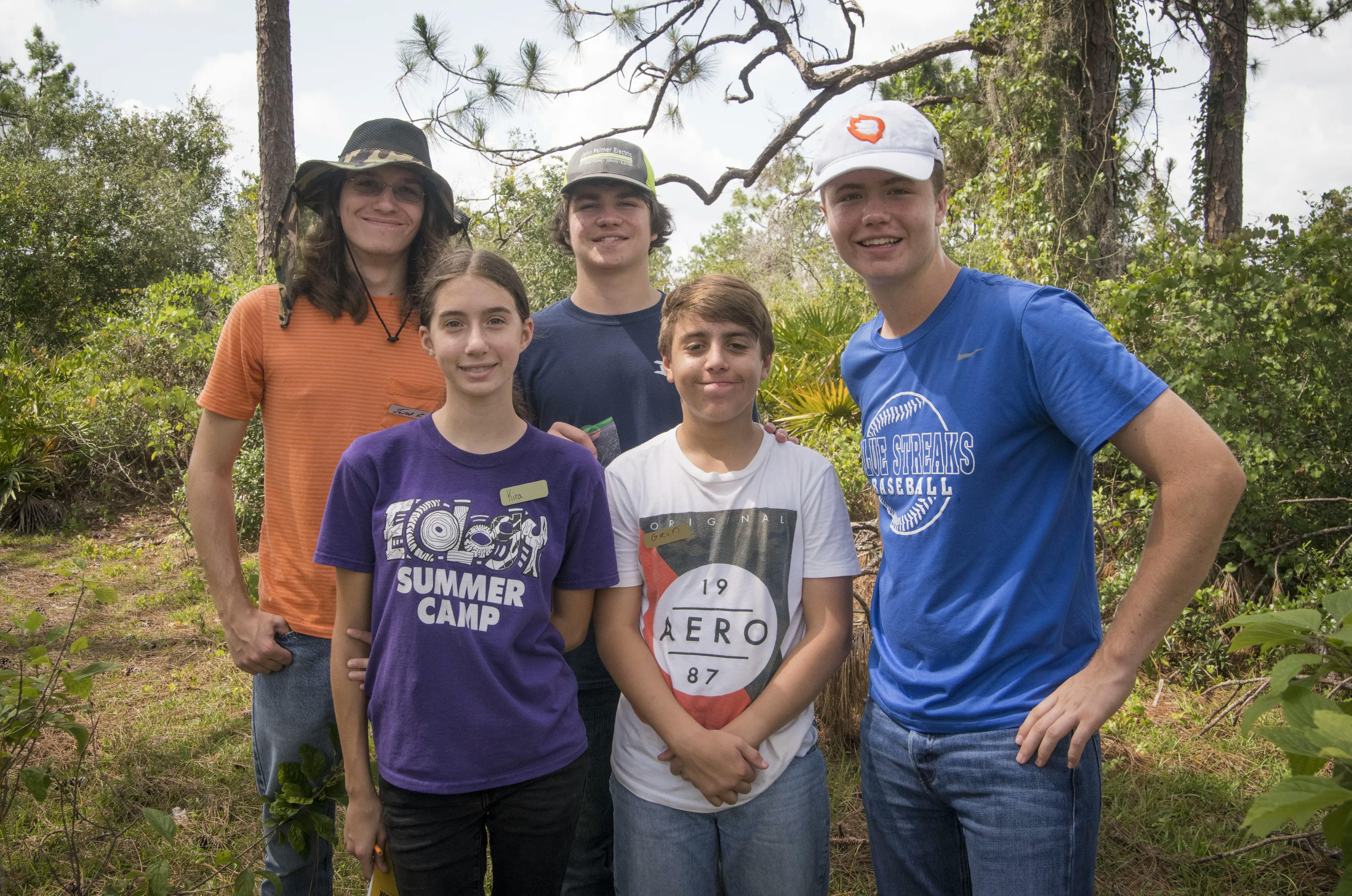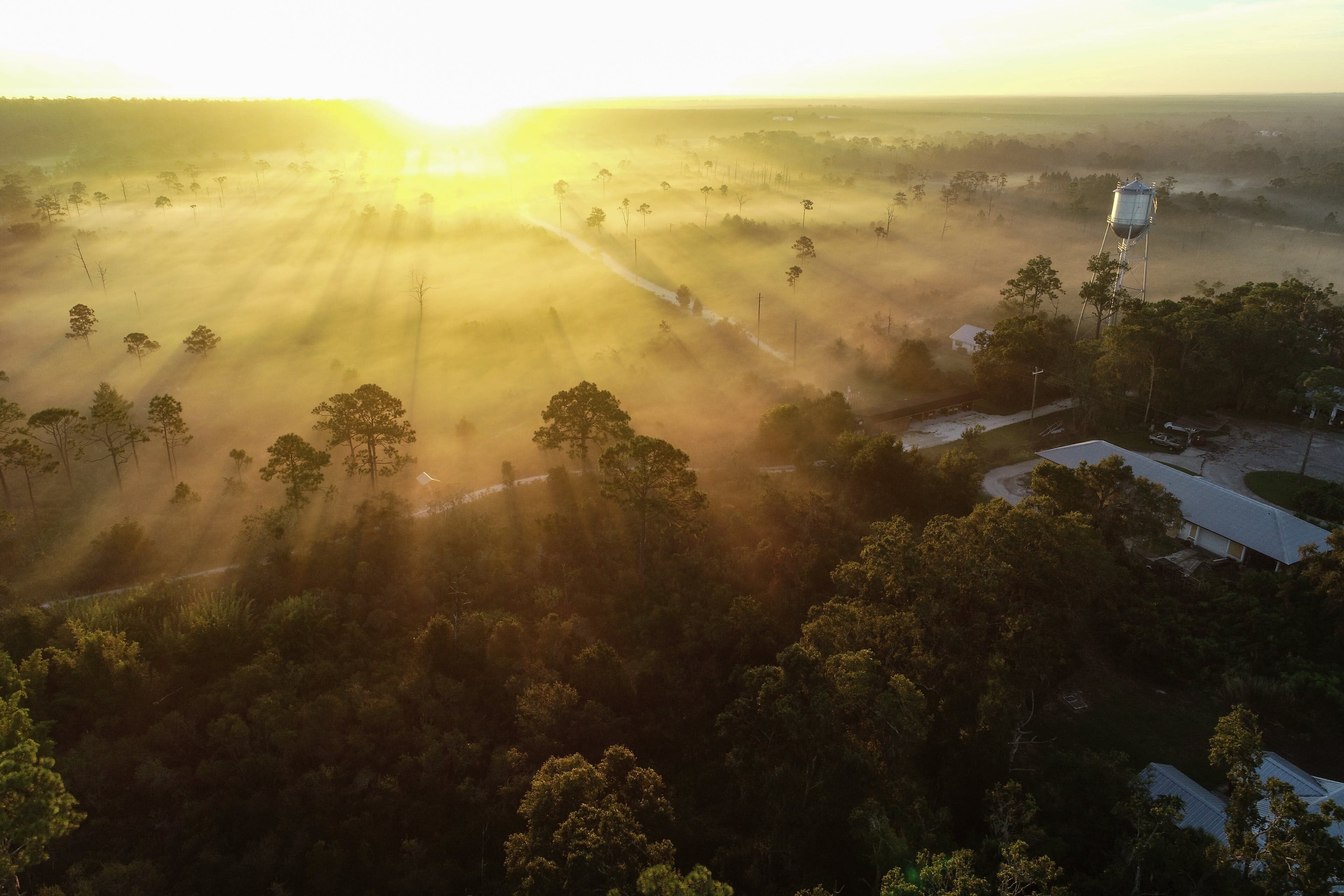 Photo by: Paul Ruben
Photo by: Paul RubenABOUT US:
LIKE NO OTHER PLACE ON EARTH
A one-of-a-kind field station for the study of Florida’s life, lands, and waters
Archbold's mission is to build and share the scientific knowledge needed to protect the life, lands, and waters of the heart of Florida, and beyond.
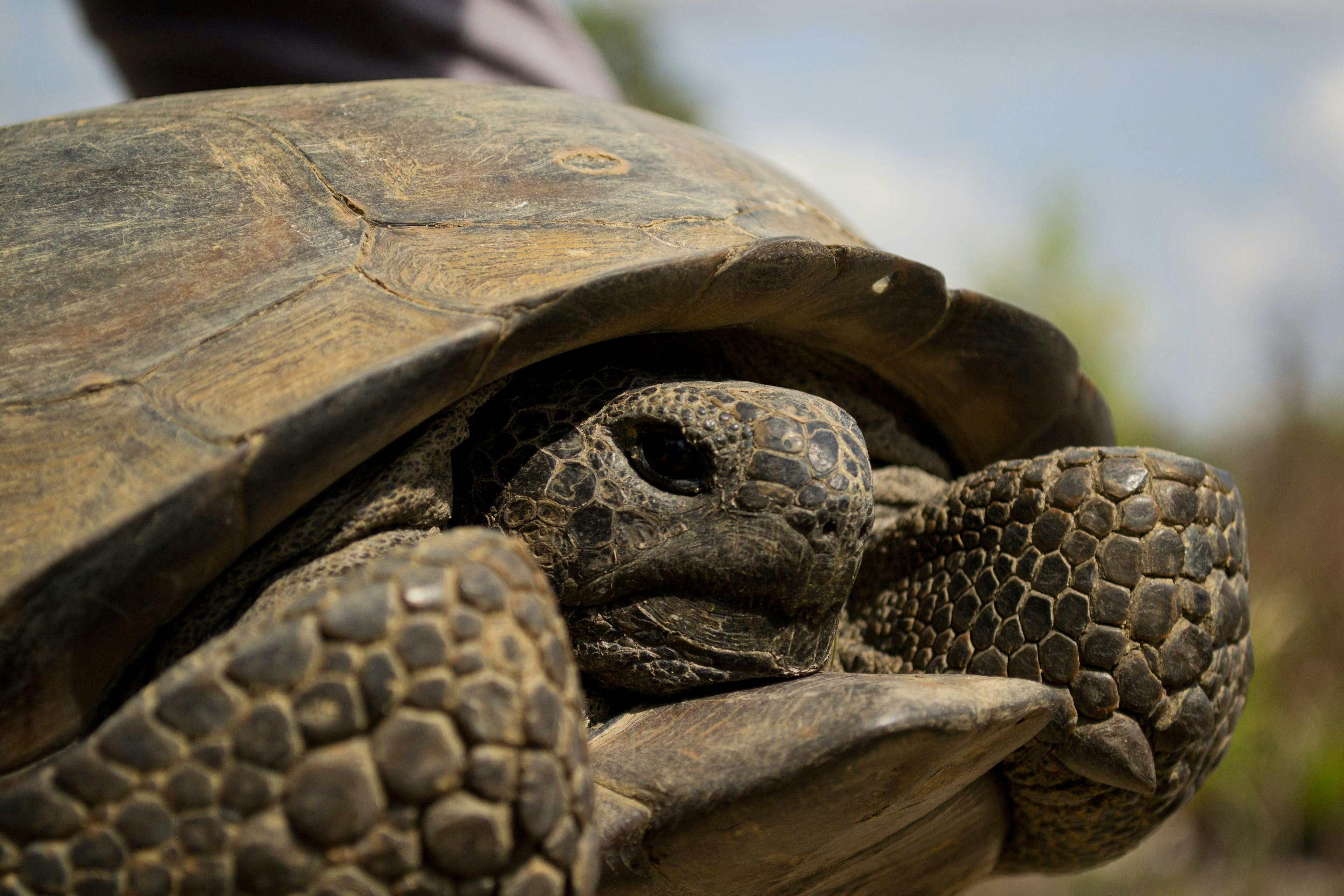 Photo Credit: Rebecca Tucker
Photo Credit: Rebecca Tucker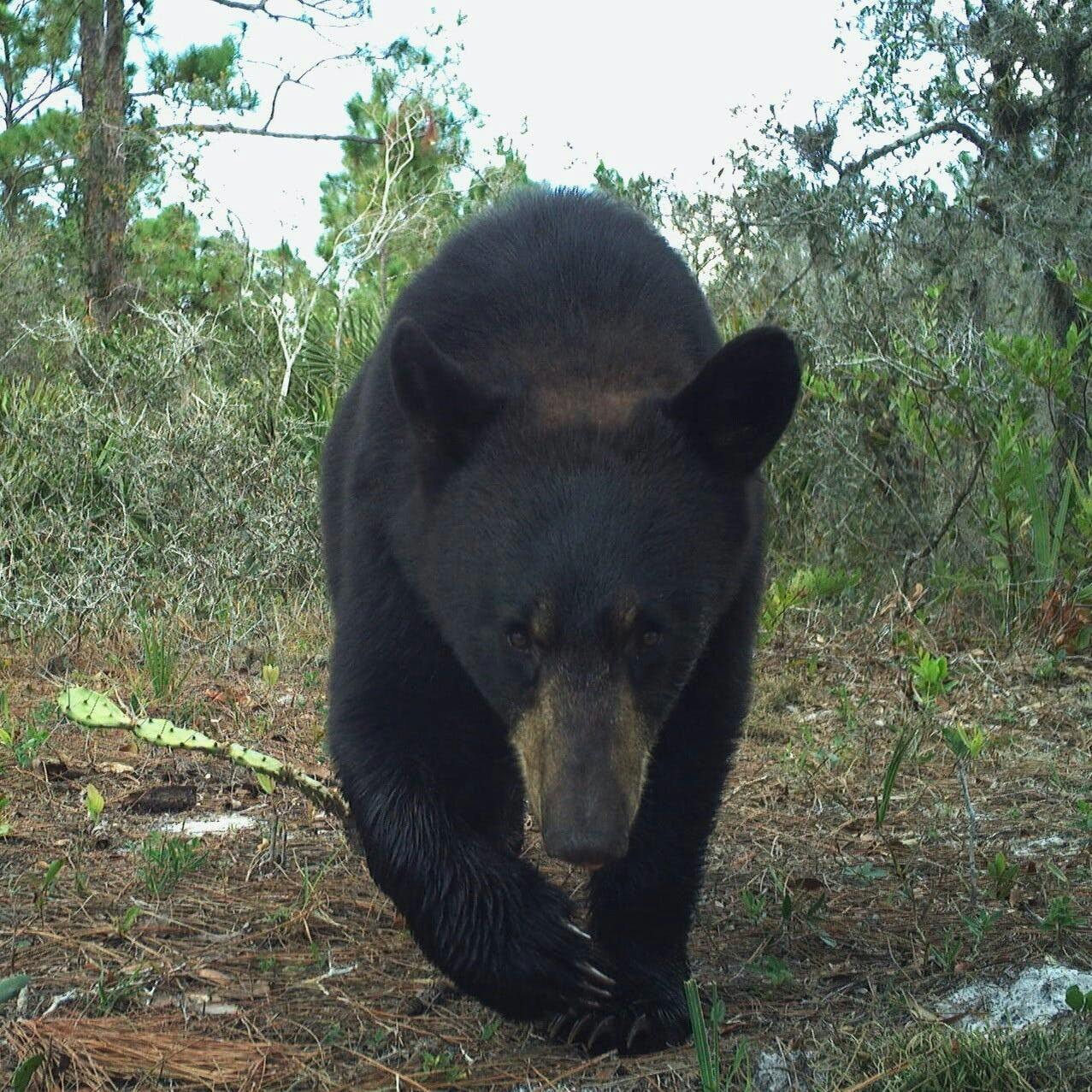 Corridor Observatory
Corridor Observatory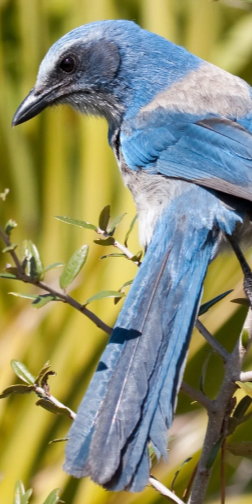
It’s a place where Gopher Tortoises, Florida Black Bears, and Florida Scrub-Jays live amid endangered lichens and shrubs.
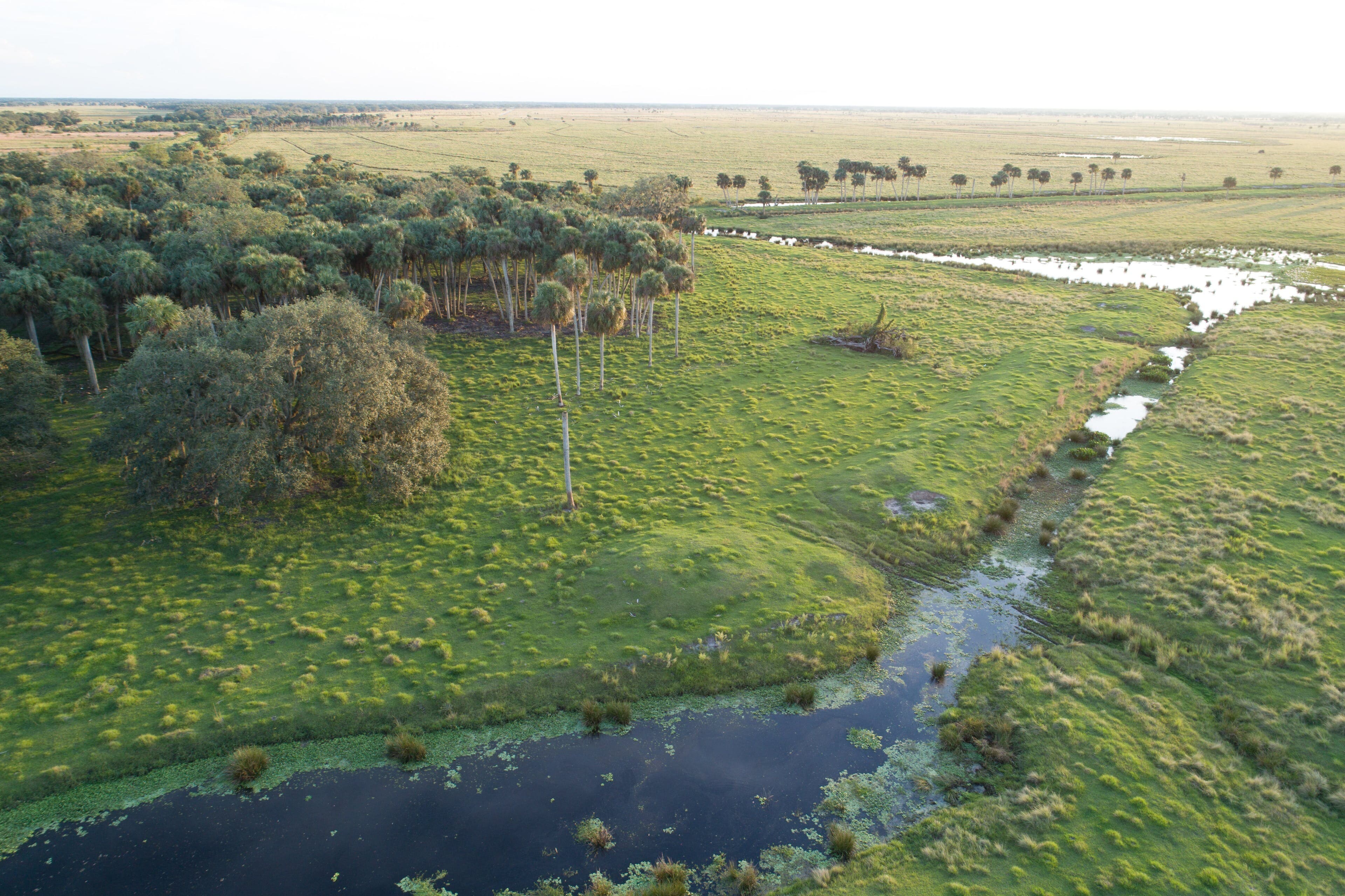 Photo by: Carlton Ward, Jr.
Photo by: Carlton Ward, Jr.Archbold’s footprint encompasses the ancient scrub habitats of the Lake Wales Ridge; the Avon Park Air Force Range Sentinel Landscape; the vast, open ranchlands of Central Florida; and the many waterways that flow south into Lake Okeechobee and then drain to the coasts, touching the lives of millions of Floridians.
These sites are the crucible for our innovative place-based science, conservation, and education programs. These draw from a long deep history dating back to our founding by Richard Archbold in 1941
Fire, carbon, water, nutrient cycles: these are some of the elements that structure life in subtropical Florida at the most fundamental level. And these are also the processes that Archbold scientists have monitored for many unbroken decades, as part of their quest to better understand every facet of life within the Headwaters of the Everglades.
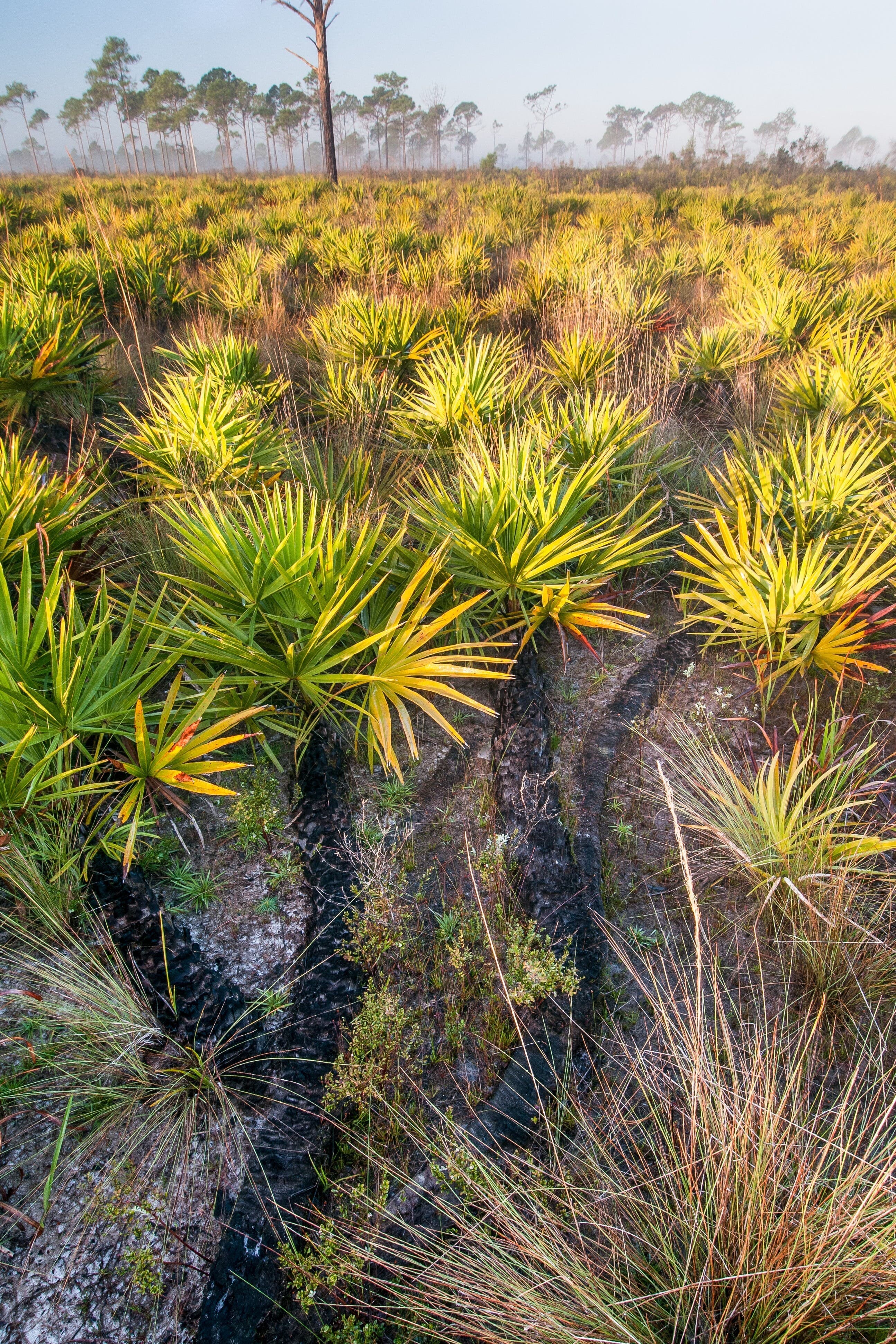 Photo by: Reed Bowman
Photo by: Reed BowmanArchbold studies and protects these natural wonders as ecosystems: as complex networks shaped by measurable natural processes.
Archbold’s scientists think big: engaging with the grand environmental challenges of our times, from climate change to sustainable food production. Archbold has spearheaded the successful conservation and management of Central Florida’s wild and working lands. Today, Archbold’s science also drives conservation action more broadly by providing long-term data and objective guidance to conservation organizations, land managers, government agencies, and decision-makers—in Florida, and around the world.
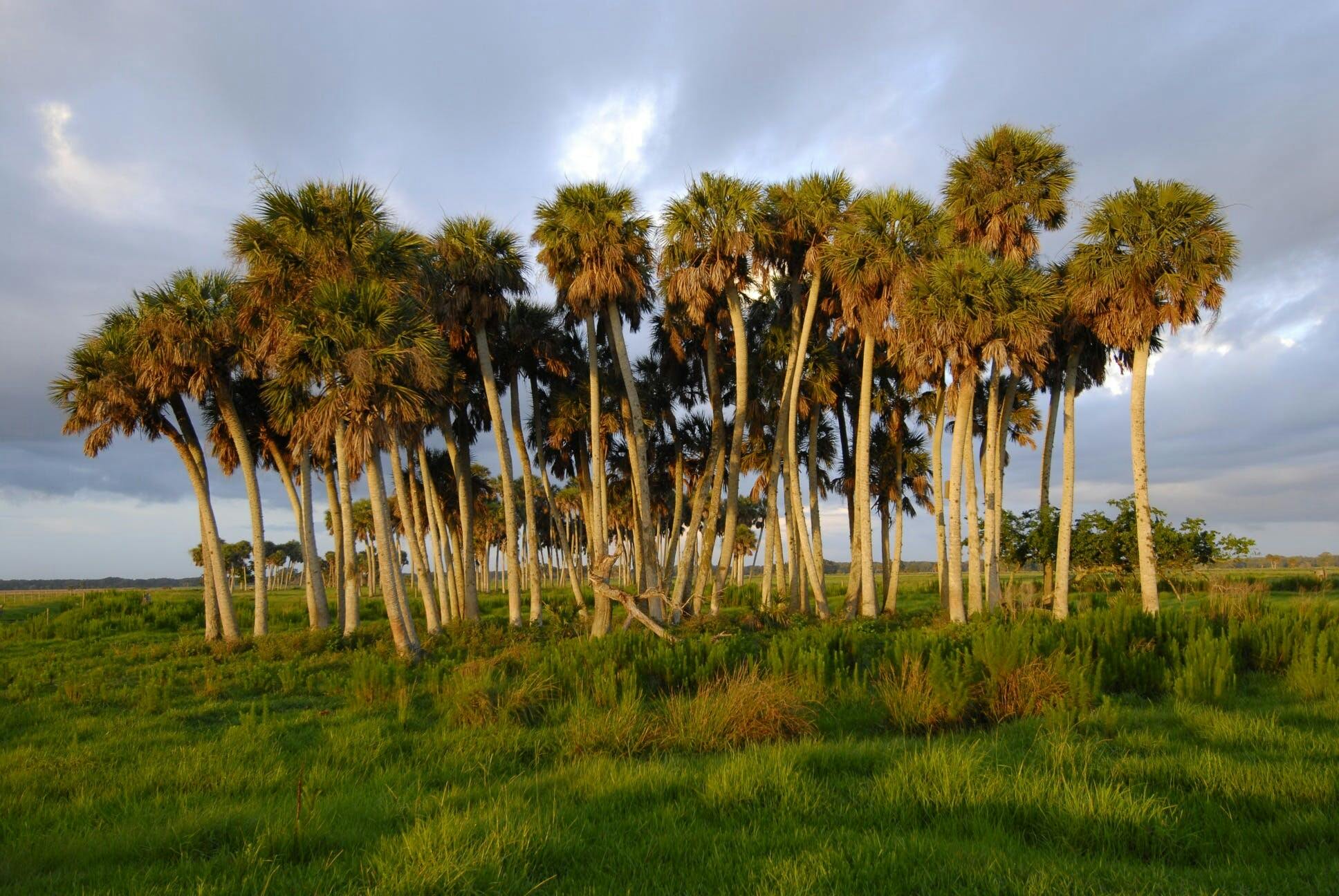 Photo by Carlton C. Ward
Photo by Carlton C. Ward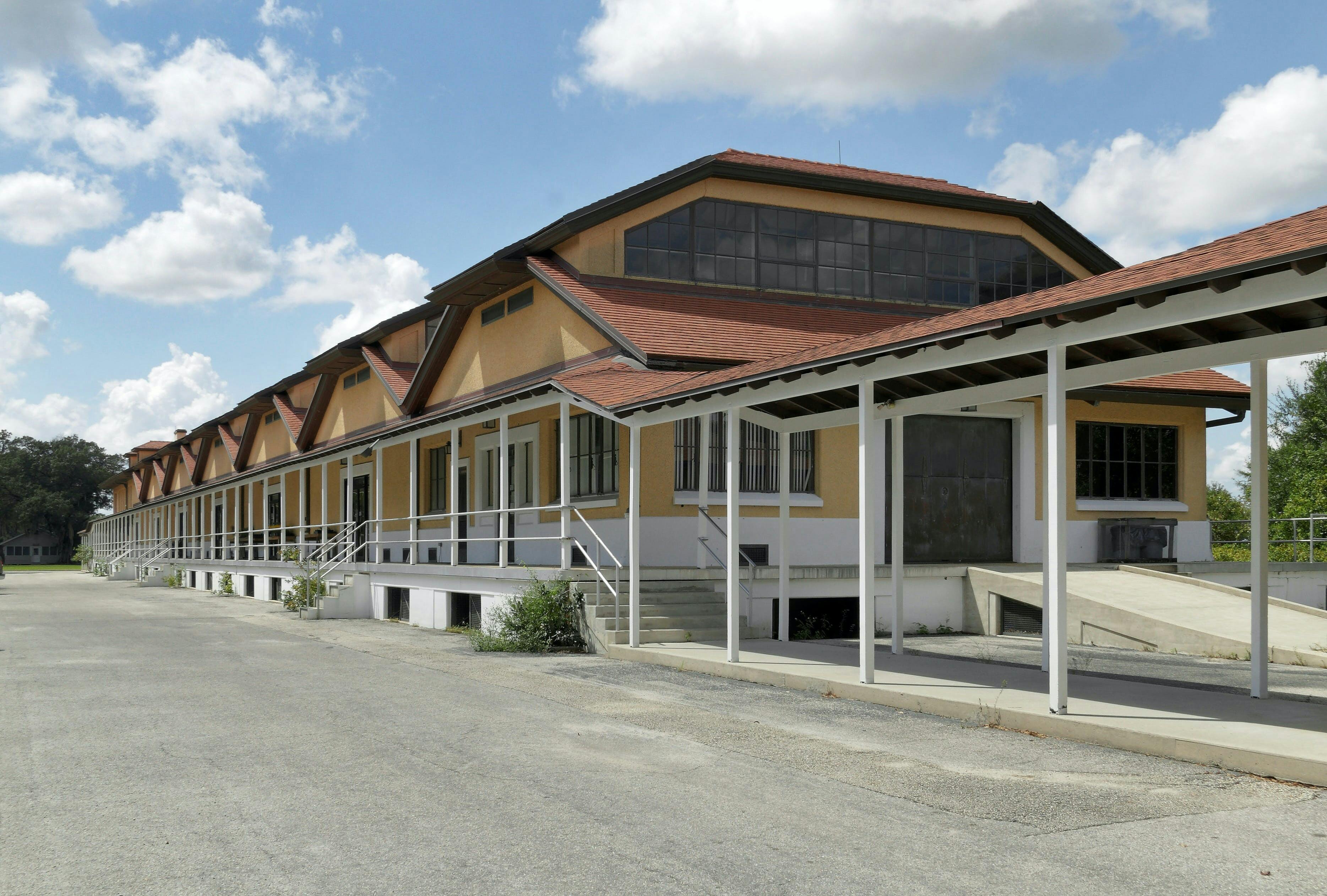 Photo credit: Archbold Biological Station
Photo credit: Archbold Biological StationArchbold Biological Station
A world-class natural laboratory in the Headwaters of the Everglades
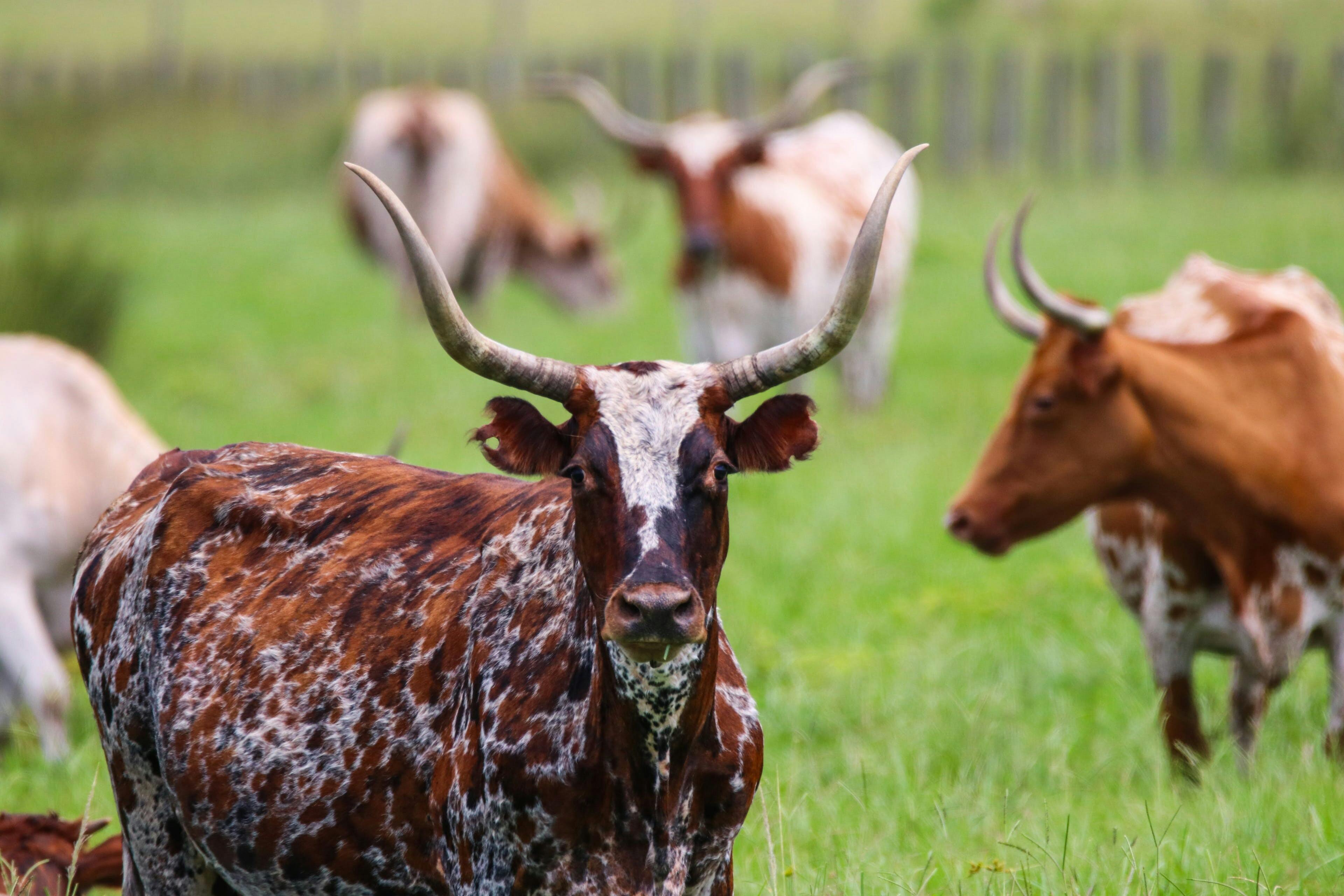
Buck Island Ranch
A 10,500-acre cattle ranch where conservation ecology meets agricultural economics.
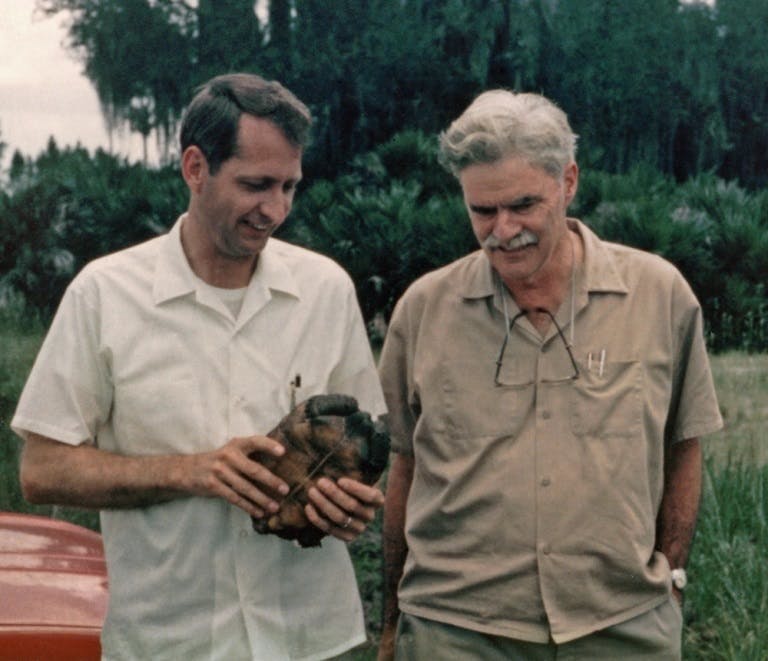
The History
Richard Archbold, a famed aviator and explorer, founded the Archbold Biological Station as an epicenter for scientific exploration and research. Richard Archbold, a famed aviator and explorer, founded the Station as an epicenter for science.
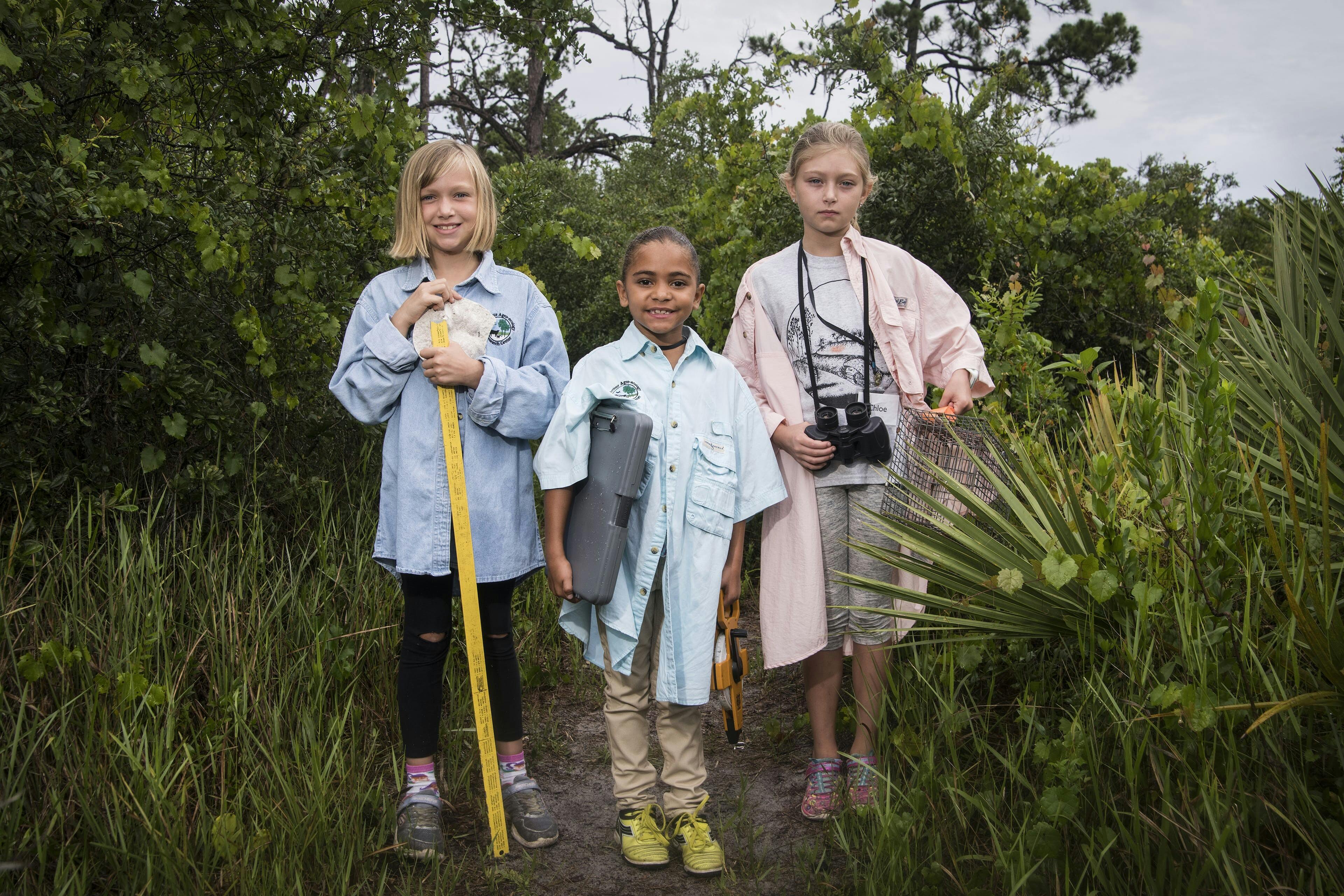
Science Conservation Education
At Archbold, our cutting-edge science drives conservation action.
Where we work
From ridge, to ranch, to river
Our dozens of research sites encompass the pristine sand dunes of the Lake Wales Ridge; the ranchlands and wetlands that make up much of Central Florida; and the rivers that flow south into Lake Okeechobee and beyond.
Close, rigorous scientific studies have been at the heart of Archbold’s programs since 1941. That year, the aviator and explorer Richard Archbold established a field research site devoted to the study of Florida’s life, lands, and waters. Since then, Archbold has become “one of America’s iconic centers of continuous research and education in field biology,”—as the famed biologist E.O. Wilson once described the field station.
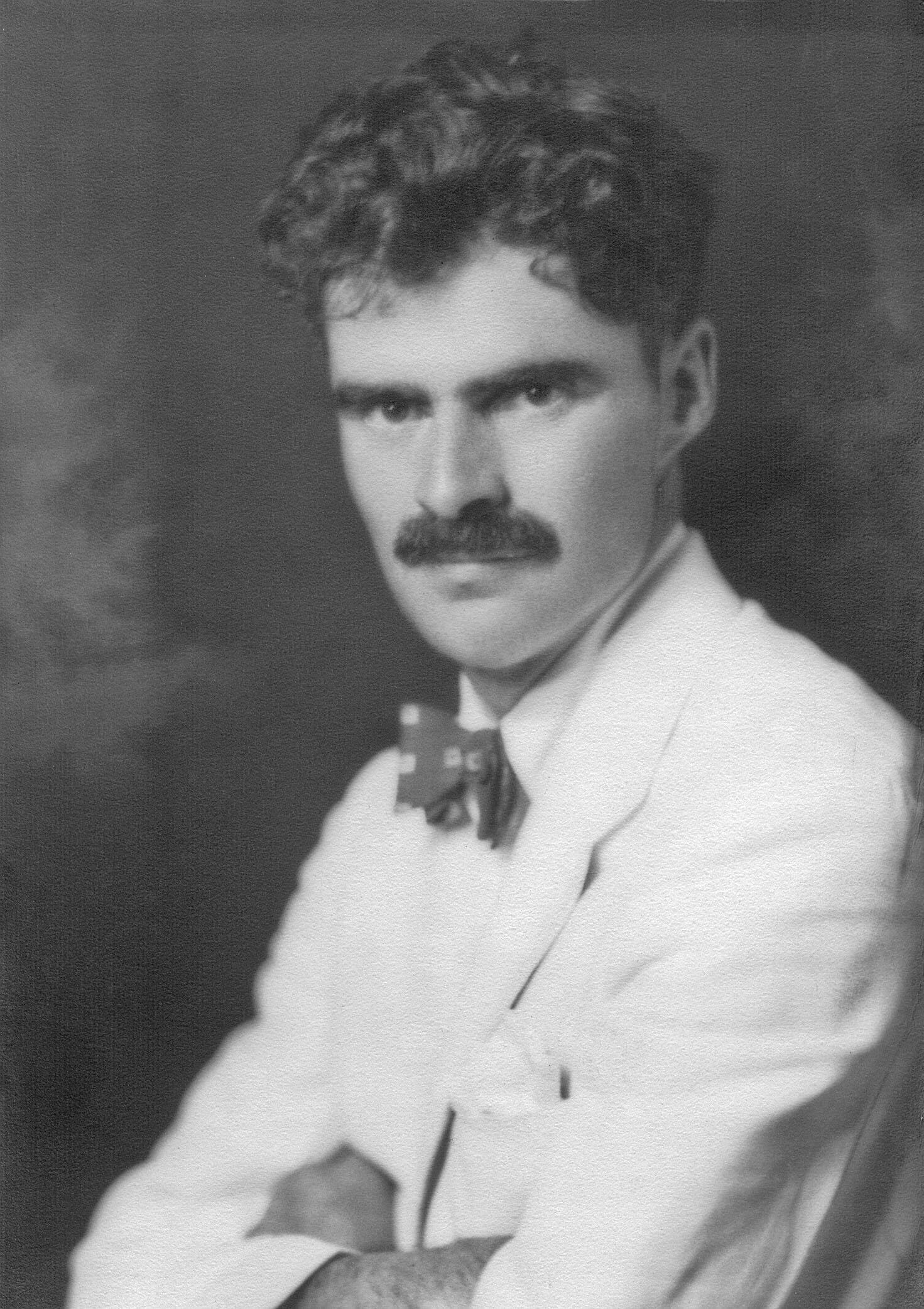
More about us
Today Archbold stewards a rich mosaic of natural habitats, native ecosystems, working lands, and historic buildings at Archbold Biological Station and Buck Island Ranch.
The Station and the Ranch serve as the place-based crucible for our innovative science, conservation, and education programs. These draw from a long, deep history, dating back from our beginnings, founded by Richard Archbold in 1941.
Archbold’s staff and leadership
Board of Directors, scientists and stewards, ranchers and conservationists, administration and operations
